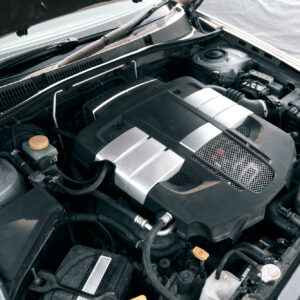Nobody likes a cooling system that can’t keep up with the summer heat.
In some cases, extremely hot temperatures can become too unbearable even for a cooling system that’s been running well all year long without overheating.
There are dozens of accessories you can get for your vehicle to beat the heat. However, if you’re looking for a more efficient way to keep your engine cool, here are some system upgrades you might want to purchase.

Thicker Radiator
Installing a radiator with more rows or a thicker core is one way to optimize your engine’s cooling capacity. A radiator with more rows comes with more tubes, leading to better cooling capabilities.
Surface area is an important factor to consider for engine cooling. In the case of the radiator, more rows mean more surface area. And if a radiator has a big surface area, cool air can efficiently come into contact with the radiator fins.
Keep in mind, however, that increasing the surface area of the radiator isn’t for everybody, which is why you should always consider the upgrade’s application.
In most cases, installing a radiator with a thicker core is intended for vehicles that are running at higher revolutions per minute (RPMs) than normal. These vehicles tend to generate more heat than regular vehicles, so a radiator upgrade is often necessary to keep their engines cool.

It’s also important to note the changes in your cooling system once you resort to a thicker radiator core.
A thicker radiator core is typically more resistant to airflow and coolant flow, so you might need to change your stock tubes and water pump.
Product Recommendations
Average Price Range: $100-$250
Silicone Radiator Hose
Radiator hoses might seem like a couple of simple tubes, but a change in material can make a significant difference in your cooling system’s performance.
Stock radiator hoses are usually made of rubber, and the material has proven that radiators can run fine with it. But if you’re looking to get the most out of your cooling system, you might want to consider switching to a silicone radiator hose.
Silicone is best known for its durability and resistance to extreme temperatures and chemicals, which explains why the material is a great substitute for rubber. It’s also more flexible than rubber, allowing silicone hoses to fit into awkward spaces without breaking.
When in the market for a silicone radiator hose, you’ll also have a lot of options to choose from in terms of color, so you have the creative freedom to dress up your engine with sleek styles.
Note by Richard McCuistian, ASE Certified Master Automobile Technician:

While silicone is a great substitute for rubber, be advised that Gates research has shown that silicone coolant hoses will allow more coolant to pass through to the outside of the hose than a conventional hose. This graphic (courtesy Gates® Rubber Company) illustrates the superiority of Gates Green Stripe hose (or equivalent) over silicone hose, which has been used on police packages, heavy trucks, and some emergency vehicles for a long time.
Product Recommendations
Average Price Range
$30-$50
Radiator Cap
If you’re thinking about turning your daily driver into a mean machine with a racing engine, getting a high-pressure radiator cap should be on your to-do list.
A high-pressure radiator cap is intended for engines running on little to no antifreeze. This type of radiator cap is used for raising the boiling point, preventing the system from boiling over the normal operating temperature.
Before you run to the nearest auto parts store to get a high-pressure radiator cap, it’s important to keep in mind that this type of radiator cap is best suited for a highly modified engine that produces more heat than stock.
Also, remember that getting a high-pressure radiator cap will not solve overheating issues related to your vehicle.
Product Recommendations
Average Price Range
$10-$50
Radiator Fan
A lot of factors come into play when it comes to keeping your engine cool, but air is definitely a common denominator among most of them.
Basically, the more air that gets pulled into your engine, the better it breathes. And one way to make this happen is by upgrading your radiator fan.
When choosing a radiator fan, you’ll need to consider several factors, including blade style, your engine setup, and whether or not you have a belt-driven or electric fan configuration.
Blade styles can either be straight or curved. Curved fan blades significantly reduce fan noise while the engine is running, but they’re not capable of moving a lot of air.
As a result, curved fan blades aren’t recommended for high-performing engines.
Meanwhile, straight radiator fan blades can be quite noisy, but they have a high CFM rating, which means they can move a lot of air per minute.
When buying a radiator fan, you’re likely to come across a variant that comes in a dual fan setup.
Dual radiator fans are those that are capable of producing a stronger airflow. If one of the fans fails, the other one can cool the engine well enough until you get the inoperable fan fixed.
Product Recommendations
Average Price Range
$100-$250
Coolant
Most mechanics will tell you that it’s okay to use water instead of coolant to prevent your engine from overheating, but they’ll also tell you that water should only be seen as a temporary fix until you’re able to top up on coolant.
Coolant transfers heat better than plain water and prevents corrosion, which, once it starts, can be slowed but never stopped. Both aluminum and ferrous metals (iron and steel) are affected by corrosion and electrolysis in cooling systems filled with water, even if the water is distilled.
Coolant or antifreeze has anti-corrosive properties and other additives that can help your engine for a long time.
Some coolants also come with concentrated blends and inhibitors that can protect the engine from extreme temperatures, corrosion, and rust for up to 12,000 hours and 600,000 miles.
Compared to regular distilled water, coolant has a lower boiling point. This means that it’ll require more heat before it can reach the same temperature as water but with less energy.
Product Recommendations
Average Price Range
$100-$250
How to Get Quality Cooling System Upgrades
Upgrading your cooling system is one way to get your engine running more smoothly. You can opt for improvements like a thicker radiator or silicone radiator hoses. Whether you’re looking to beef up your engine’s cooling capacity or bring it back to pristine running conditions, CarParts.com has you covered.
CarParts.com is built with your convenience in mind. You don’t even need to leave the comforts of home to browse our vast catalog of quality aftermarket parts. We’ve made the entire process stress free and easy, from placing your order with only a few quick clicks or proceeding through our secure online checkout. It’s that simple! We’ll even ship your order straight to your door in as fast as two business days if you place your order before 12pm ET from the continental US.
Stay cozy and get your cooling system the upgrade it needs. Buy a new radiator fan at CarParts.com now!
Any information provided on this Website is for informational purposes only and is not intended to replace consultation with a professional mechanic. The accuracy and timeliness of the information may change from the time of publication.


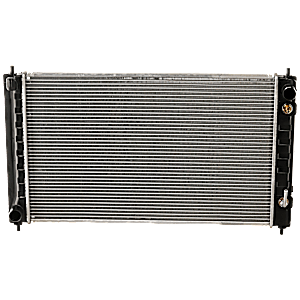 Replacement Radiators
Replacement Radiators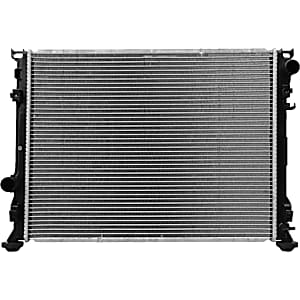 GPD Radiators
GPD Radiators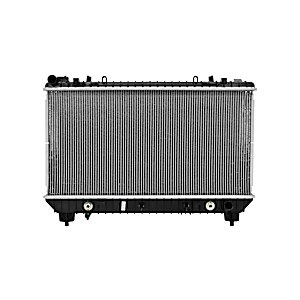 CSF Radiators
CSF Radiators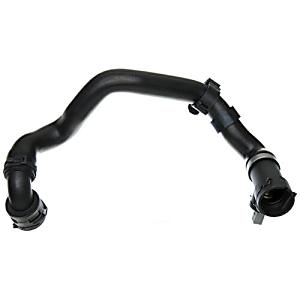 Gates Radiator Hoses
Gates Radiator Hoses Dayco Radiator Hoses
Dayco Radiator Hoses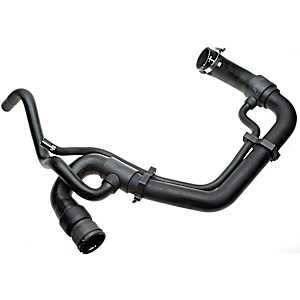 AC Delco Radiator Hoses
AC Delco Radiator Hoses
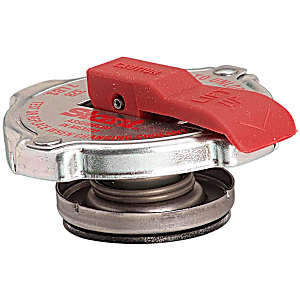 Gates Radiator Caps
Gates Radiator Caps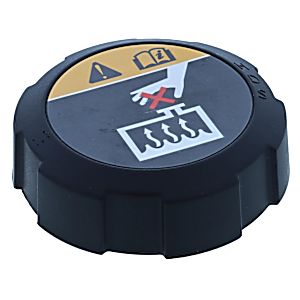 Motorad Radiator Caps
Motorad Radiator Caps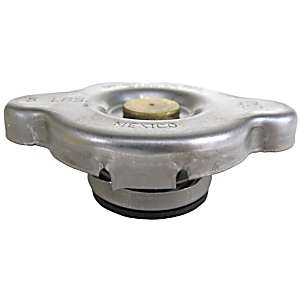 Stant Radiator Caps
Stant Radiator Caps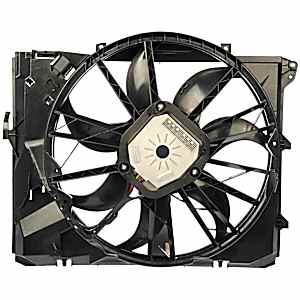 Dorman Radiator Fans
Dorman Radiator Fans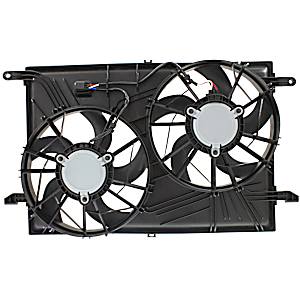 Replacement Radiator Fans
Replacement Radiator Fans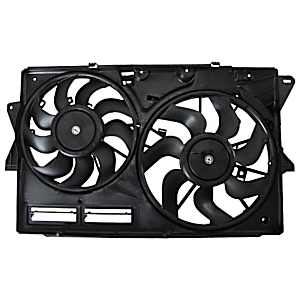 4-Seasons Radiator Fans
4-Seasons Radiator Fans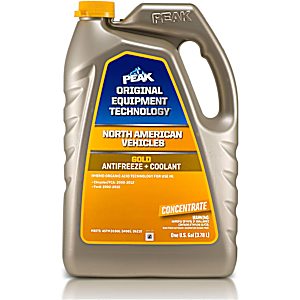 Peak Coolant/Antifreeze
Peak Coolant/Antifreeze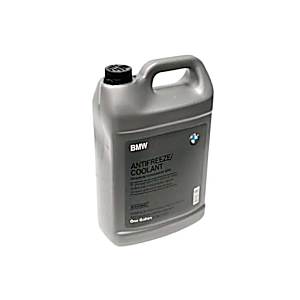 GenuineXL Coolant/Antifreeze
GenuineXL Coolant/Antifreeze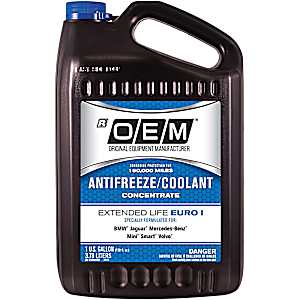 Recochem Coolant/Antifreeze
Recochem Coolant/Antifreeze



